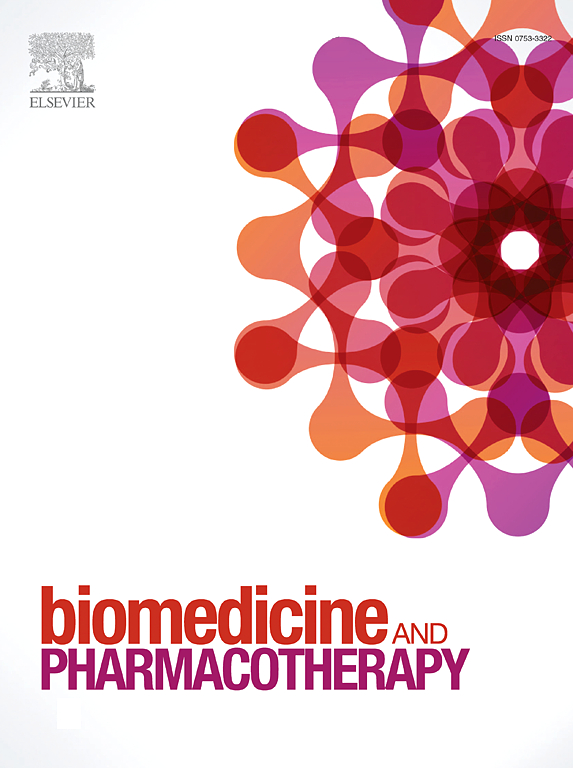Current knowledge on the mechanisms underpinning vasculogenic mimicry in triple negative breast cancer and the emerging role of nitric oxide
IF 6.9
2区 医学
Q1 MEDICINE, RESEARCH & EXPERIMENTAL
引用次数: 0
Abstract
Vasculogenic mimicry (VM) is the process by which cancer cells form vascular-like channels to support their growth and dissemination. These channels lack endothelial cells and are instead lined by the tumour cells themselves. VM was first reported in uveal melanomas but has since been associated with other aggressive solid tumours, such as triple-negative breast cancer (TNBC). In TNBC patients, VM is associated with tumour aggressiveness, drug resistance, metastatic burden, and poor prognosis. The lack of effective targeted therapies for TNBC has stimulated research on the mechanisms underpinning VM in order to identify novel druggable targets. In recent years, studies have highlighted the role of nitric oxide (NO), the NO synthesis inhibitor, asymmetric dimethylarginine (ADMA), and dimethylarginine dimethylaminohydrolase 1 (DDAH1), the key enzyme responsible for ADMA metabolism, in regulating VM. Specifically, NO inhibition through downregulation of DDAH1 and consequent accumulation of ADMA appears to be a promising strategy to suppress VM in TNBC. This review discusses the current knowledge regarding the molecular pathways underpinning VM in TNBC, anti-VM therapies under investigation, and the emerging role of NO regulation in VM.
求助全文
约1分钟内获得全文
求助全文
来源期刊
CiteScore
11.90
自引率
2.70%
发文量
1621
审稿时长
48 days
期刊介绍:
Biomedicine & Pharmacotherapy stands as a multidisciplinary journal, presenting a spectrum of original research reports, reviews, and communications in the realms of clinical and basic medicine, as well as pharmacology. The journal spans various fields, including Cancer, Nutriceutics, Neurodegenerative, Cardiac, and Infectious Diseases.

 求助内容:
求助内容: 应助结果提醒方式:
应助结果提醒方式:


